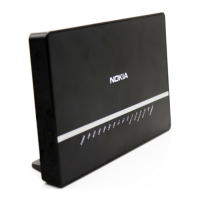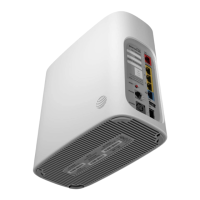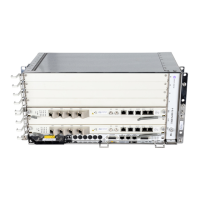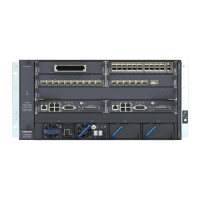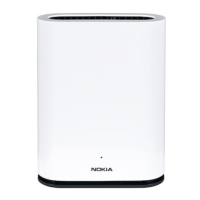FD 100/320Gbps NT and FX NT IHub Services Guide Virtual Private LAN Service
Issue: 13 3HH-11985-AAAA-TQZZA 159
Hybrid ports can only be of the regular category. They inherit the features of both
network ports and regular access ports.
Access ports are defined for the IHub as residential or regular, by a port table that is
auto-created by the system at startup time.
5.3 ISAM VPLS implementation
SAPs are used to associate a physical port or a LAG port to a v-VPLS, m-VPLS, or
VPLS.
The SAPs of a given v-VPLS must have all the same VLAN ID as the v-VPLS VLAN
ID.
The SAPs of a given VPLS can all have a different VLAN ID, except the VLAN-IDs
already associated with a v-VPLS.
5.3.1 m-VPLS
5.3.1.1 m-VPLS usage
The ISAM uses a single m-VPLS to exclusively handle L2CP frames to support
spanning tree protocols (RSTP/MSTP). The m-VPLS processes externally untagged
L2CP frames on regular (network) access ports, hybrid ports, or alternatively on a
LAG. Tagged L2CP frames are not handled by the m-VPLS. See “v-VPLS traffic
processing” for more information.
An m-VPLS does not forward traffic, hence it has no FDB. Therefore MAC learning,
aging, and user-to-user control are relevant only for a v-VPLS and not for the
m-VPLS.
5.3.1.2 m-VPLS SAPs
An m-VPLS uses Ethernet dot1q encapsulated SAPs ports, or alternatively on a
LAG, to manage untagged xSTP L2CP frame processing on the specified port, for
RSTP/MSTP protocol handling. An m-VPLS SAP is configured using the reserved
notation “Px:no-tag”.
Note — The ISAM supports only one m-VPLS.

